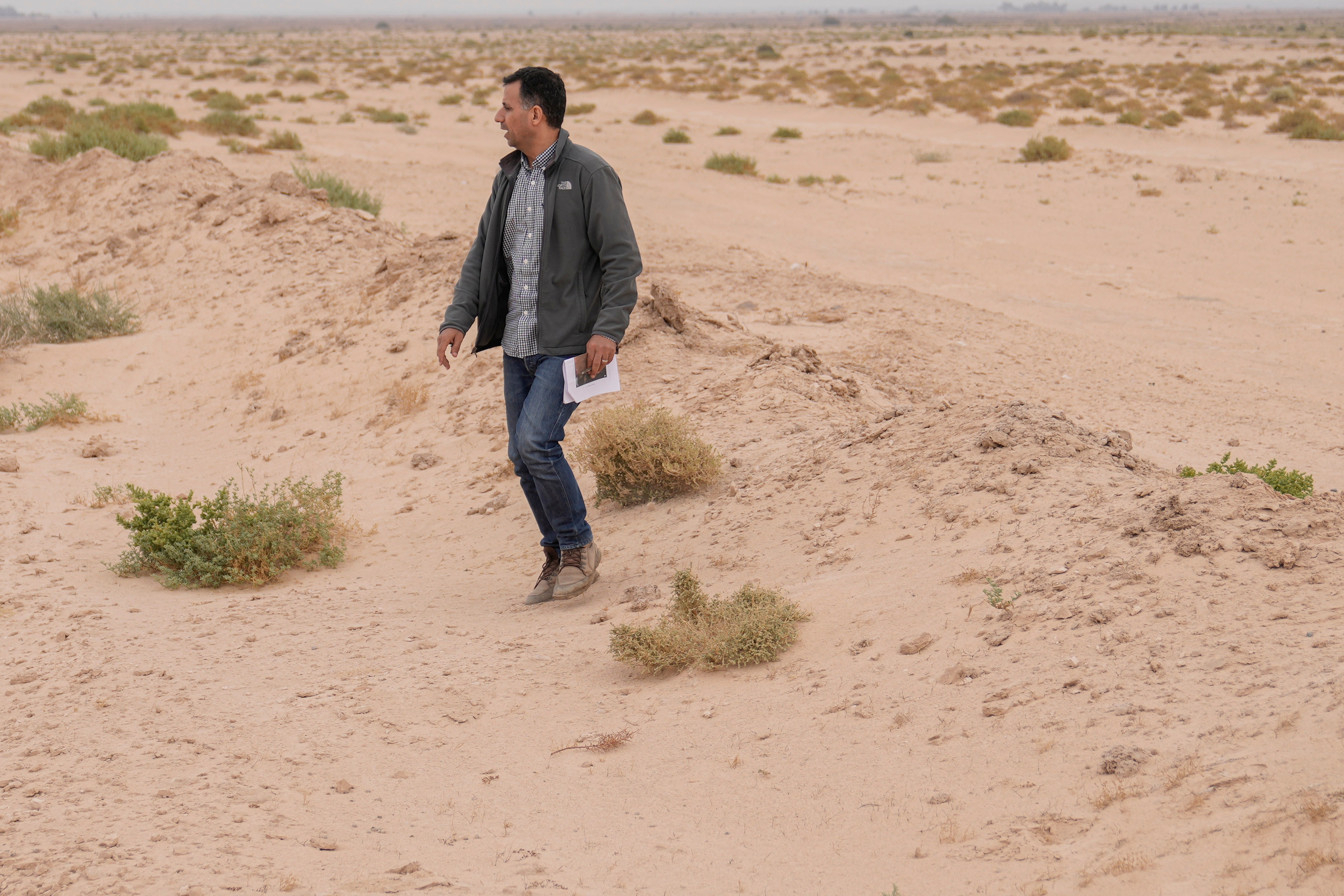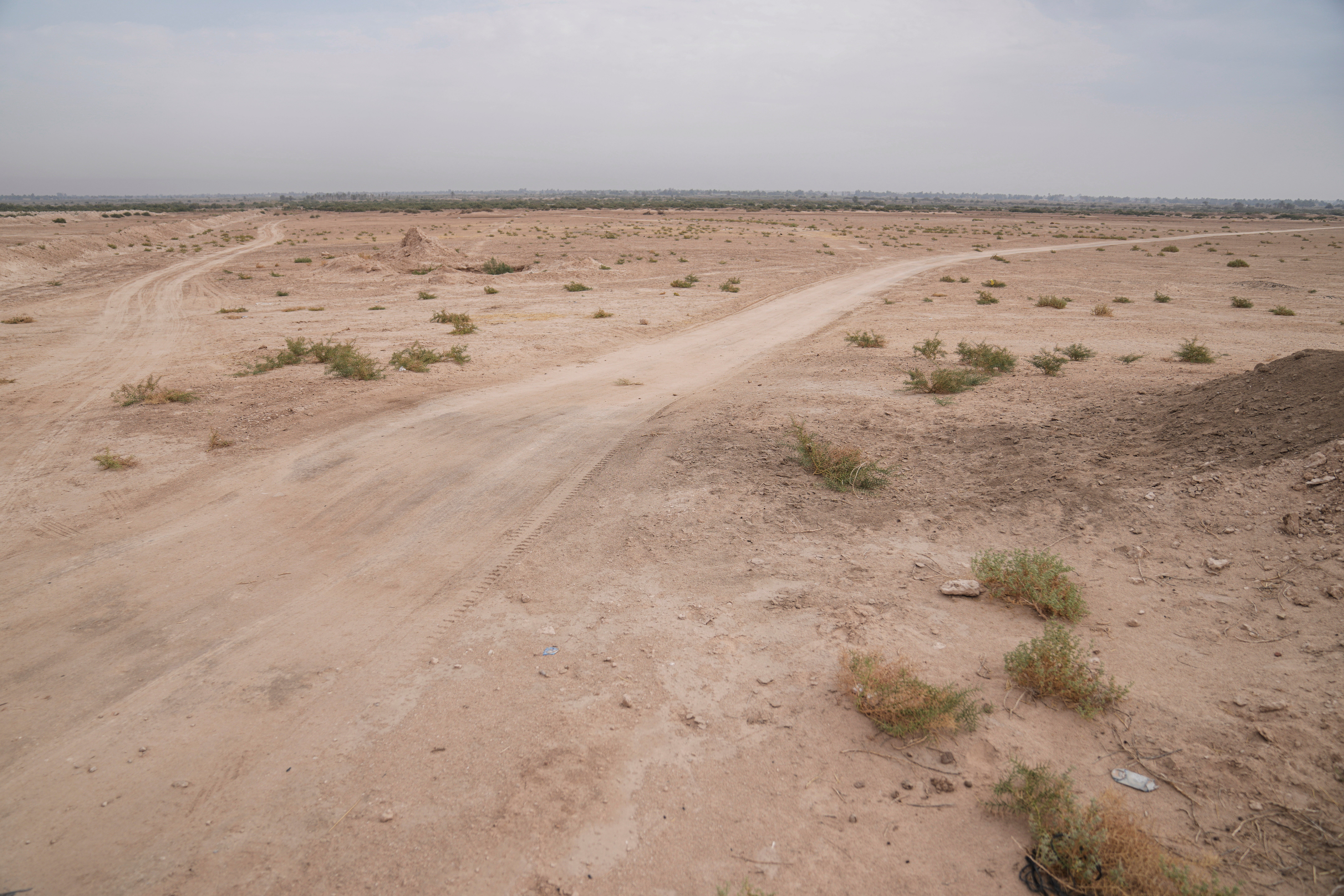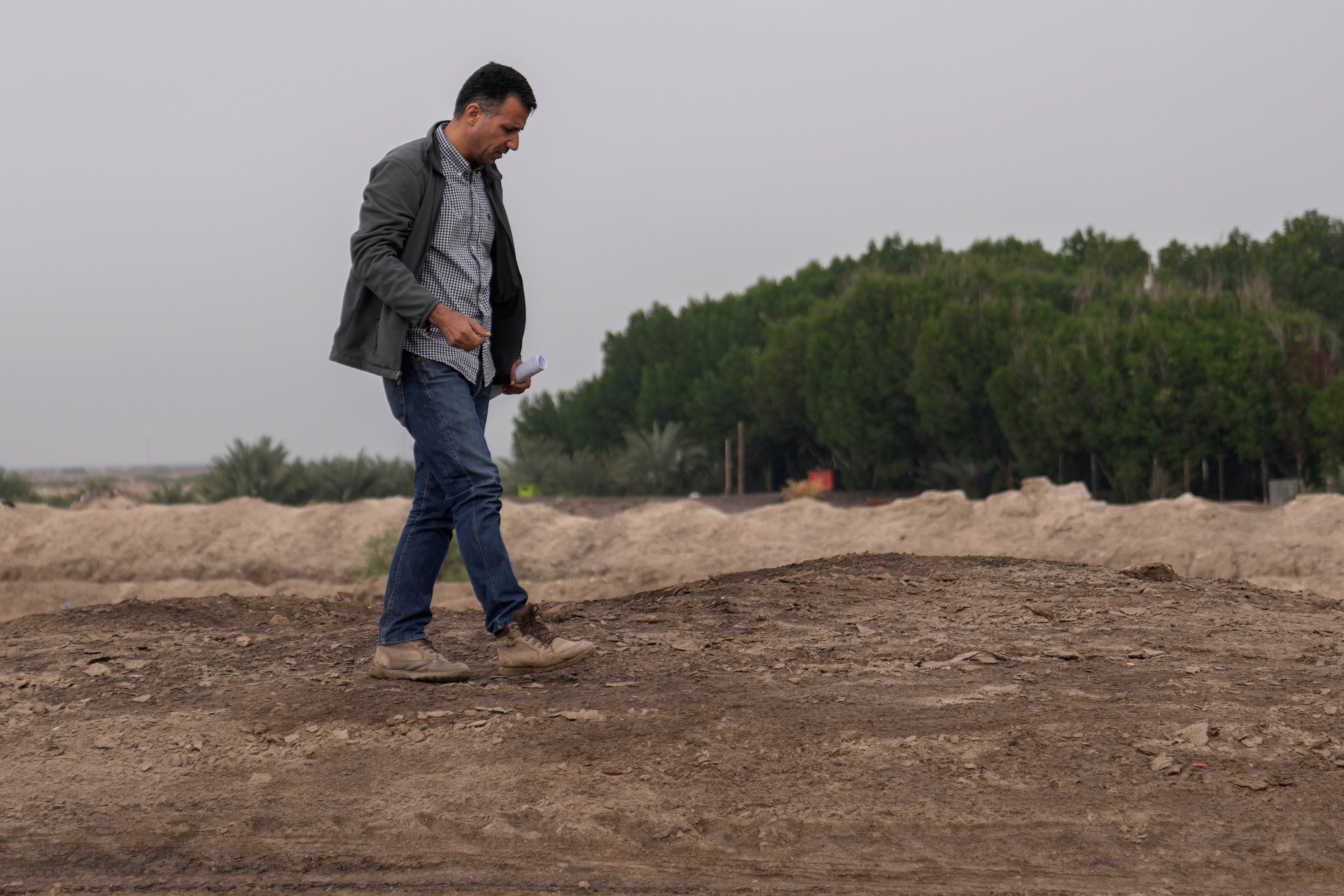Archaeologists discover ancient site of key Iraq battle thanks to old spy photos
Iraqis who grew up under the rule of Saddam Hussein were all familiar with the battle in minute detail

Declassified spy satellite imagery from the 1970s has led archaeologists to what they believe is the site of a seventh-century battle that became decisive in the spread of Islam throughout the region.
The Battle of al-Qadisiyah was fought in Mesopotamia — in present-day Iraq — in the A.D. 630s between Arab Muslims and the army of the Sassanid Persian dynasty during a period of Muslim expansion.
The Arab army prevailed and continued on its march into Persia, now Iran.
A joint team of archaeologists from Durham University and the University of Al-Qadisiyah stumbled across the site while undertaking a remote sensing survey to map the Darb Zubaydah, a pilgrimage route from Iraq’s Kufa to Mecca in Saudi Arabia built more than 1,000 years ago. The findings were published on Tuesday in the journal Antiquity.
While mapping the route, the team noticed that a site some 30 kilometers (20 miles) south of Kufa in Iraq’s southern Najaf province — a desert area with scattered plots of agricultural land — had features that closely matched the description of the al-Qadisiyah battle site described in historic texts.

William Deadman, a specialist in archaeological remote sensing at Durham University, said the Cold War era satellite images are a commonly used tools by archeologists working in the Middle East, because the older images often show features that have been destroyed or altered and would not show up on present-day satellite images.
“The Middle East has developed so much in the last 50 years, both agricultural expansion and urban expansion,” he said. Some of the distinguishing features at the al-Qadisiyah site, such as a distinctive trench, were “much more pristine and clear” in the 1970s images, he said.
A survey on the ground confirmed the findings and convinced the team that they had correctly identified the site.
The key features were a deep trench, two fortresses and an ancient river that was reportedly once forded by elephant-mounted Persian troops, said Jaafar Jotheri, a professor of archeology at the University of Al-Qadisiyah who is part of the team that made the discovery. The survey team also found pottery shards consistent with the time period when the battle took place.

Jotheri said that Iraqis of his generation, who grew up under the rule of Saddam Hussein, were all familiar with the battle in minute detail, down to the names of the generals on both sides.
The battle at the time had political connotations — Iraq was engaged in a devastating war with Iran through much of the 1980s. Saddam pointed to the Battle of Qadisiyah as a harbinger of victory for Iraq.
Like most children growing up in that era, Jotheri said he had watched a popular movie about the battle multiple times as it was on regular rotation on television.
In the post-Saddam era, al-Qadisiyah has become something of a political litmus test. Iraqis’ views of the battle vary depending on their feelings toward Iran, which has expanded its influence in the country since the 2003 US-led invasion of Iraq that toppled Saddam.
“There is some political and religious context in this battle, because now, of course, we have religious differences, ethnic differences, political differences in Iraq and we read or we view everything based on our … differences,” Jotheri said. But he added, ”We all agree that it is a very important battle, a decisive one, and we all know about it.”
The team plans to begin excavations at the site in the coming year, Jotheri said.
The discovery comes as part of a broader project launched in 2015 to document endangered archaeological sites in the region.
It also comes at the time of a resurgence of archeology in Iraq, a country often referred to as the “cradle of civilization,” but where archeological exploration has been stunted by decades of conflict that halted excavations and led to the looting of tens of thousands of artifacts.
In recent years, the digs have returned and thousands of stolen artifacts have been repatriated.
Bookmark popover
Removed from bookmarks